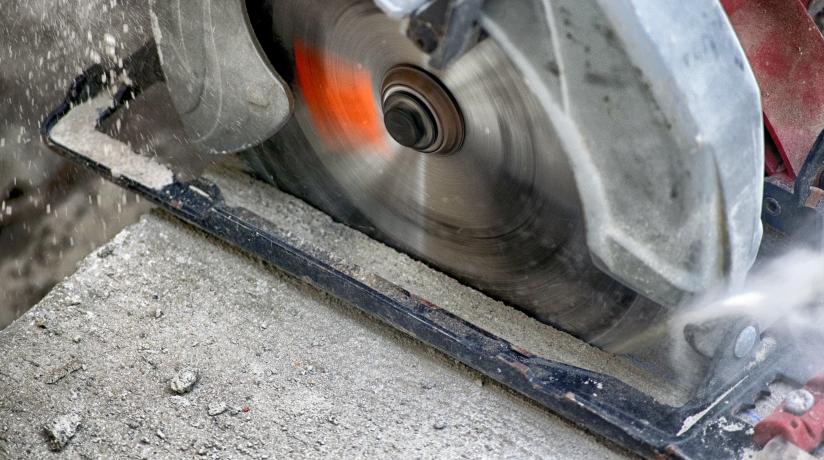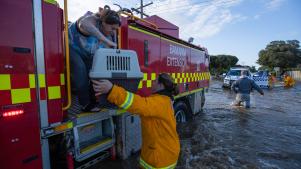In early August, the heads of Health and Safety Australia met with Safe Work Australia and voted for a new workplace exposure standard for crystalline silica, or silica dust, which has been halved from 1.0mg/m3 to 0.05mg/m3.
The new national exposure standard improves workplace health and safety without restricting the use of materials as lower levels become more difficult to accurately measure. The decision was based on rigorous contemporary and scientific evidence and is welcome news for workers likely to be affected working with silica dust in building and construction—stonemasons in particular.
While this new standard will be phased in over the next three years, it is a timely reminder to focus on prevention, and for businesses to ensure their work practices are compliant and for workers to be aware of how to reduce the risks to their health.
Increasing incidents of silicosis
There was a significant increase in cases of accelerated silicosis as an occupational illness in Australia last year, which included 28 claims for silica-related conditions received by WorkSafe Victoria.
Silicosis is an aggressive form of lung disease caused by silica dust (dust particles about 100 times smaller than a grain of sand) which is found in stone, rock, sand, gravel and clay, along with some bricks, tiles and concrete.
The lung disease had become rare until engineered stone materials, with higher concentrations of silica, were introduced late 1990s to meet growing demand for a product that was less expensive than marble and granite and offered improved density and a more consistent finish. Some of these materials are used routinely in the building and construction industry and it is critical to implement safe handling practices to continue to offer these options without risking the health of workers. Wet cutting reduces the likelihood of harmful exposure to silica dust.
Victorian action
In response to this issue, the Victorian government has also been proactive in tightening restrictions on workers’ daily exposure to silica dust. In May this year, a compliance blitz was enforced targeting 300 workplaces considered ‘high-risk’, with a particular focus on stonemasonry, along with a state-wide ban on uncontrolled dry-cutting of materials that contain silica dust.
In addition, the government focused on education initiatives; one for workers about the safe handling of silica-based materials and one for general practitioners regarding how to better identify this health risk to promote early detection. Victoria’s 1400 stonemasons were also given access to free health screenings.
Advice for employers
Businesses in the building and construction industry that rely on using materials containing high levels of silica are encouraged to implement safe work practices to mitigate risks.
Key points to consider
- No employee should be dry-cutting tiles, bricks or benchtops in an uncontrolled manner
- Use professional systems to monitor airborne particulate matter
- Ensure employees are trained to work in a safe manner
- Mandatory use of respiratory masks for tradespeople
- Implement effective risk controls
- Regularly review practices to identify any hazards.
Master Builders Victoria is supportive of both the national and state measures that make working conditions safer and we will continue to monitor this issue to keep our members informed and up-to-date with any further changes. But given the difficulty of measuring such low levels accurately, it increases the likelihood of severe restrictions on some materials containing high levels of silica currently used routinely in the building and construction industry.
If members require additional information or advice, please call Master Builders OHS department on (03) 9411 4555 or email mailto:[email protected]





